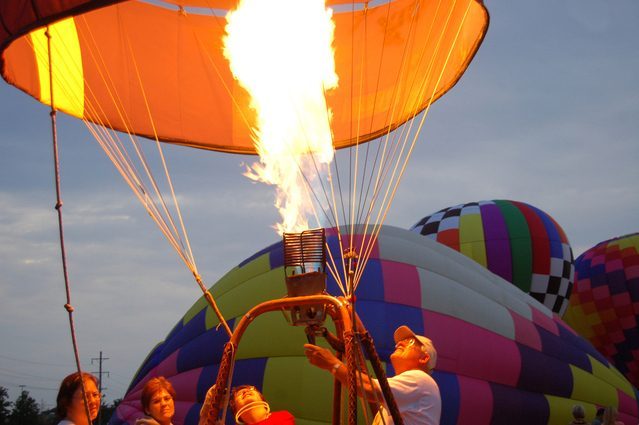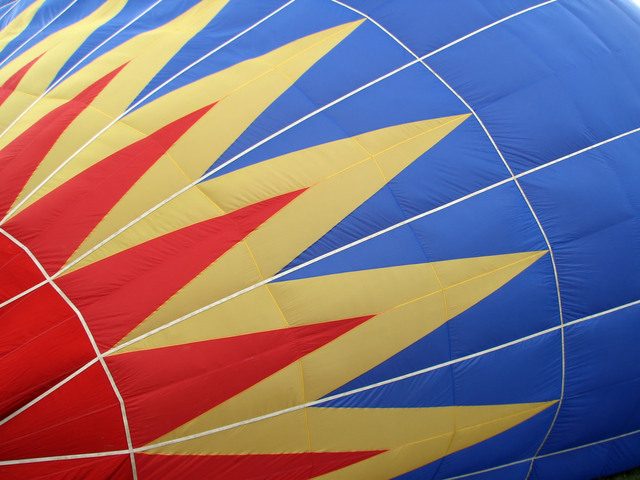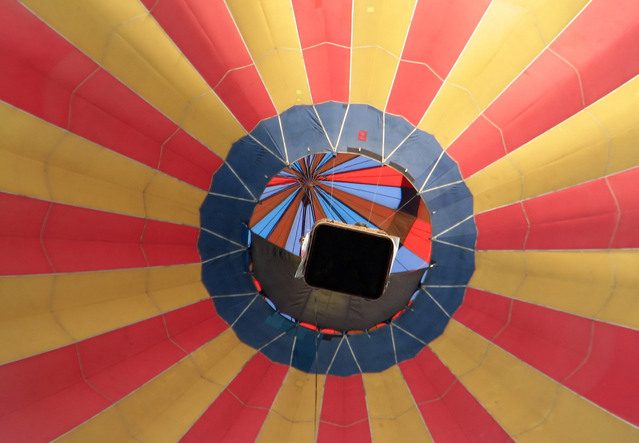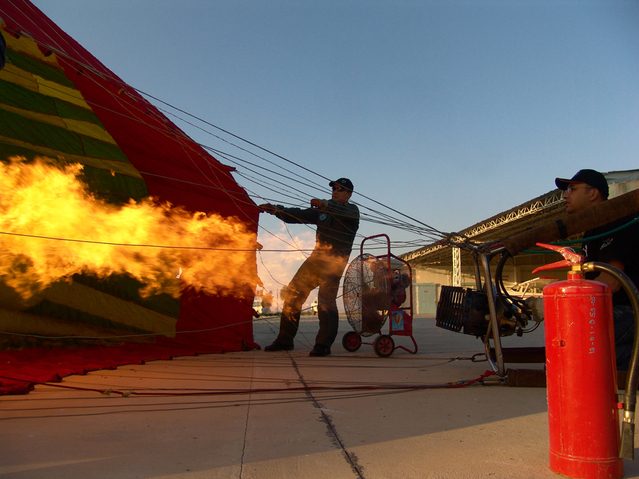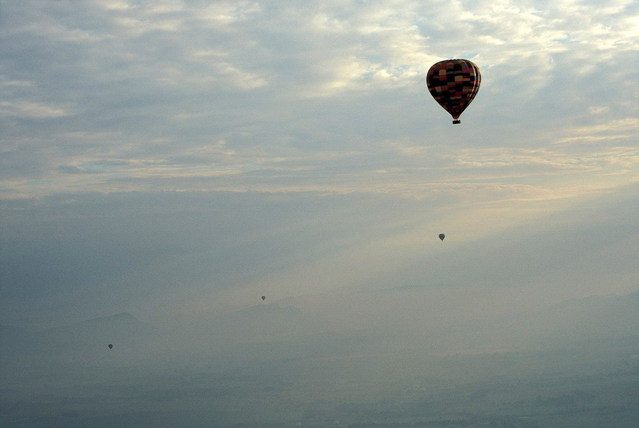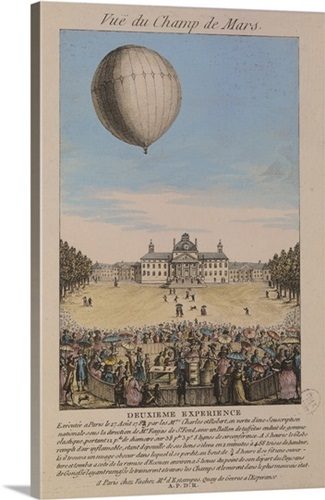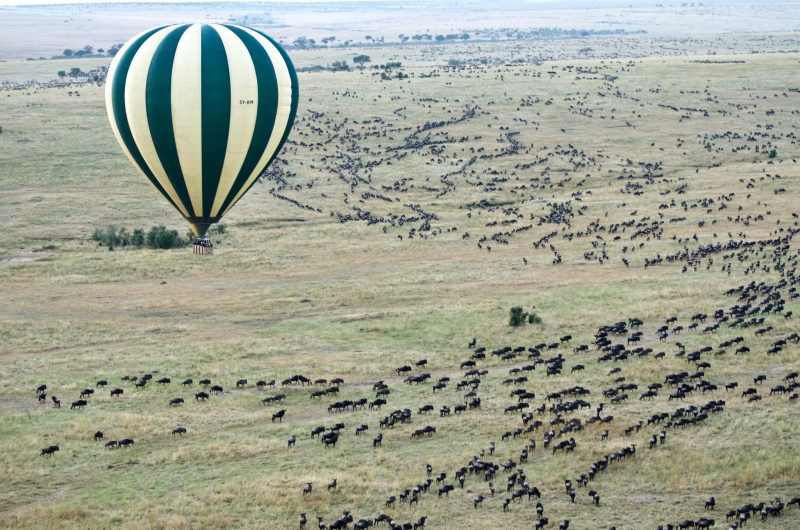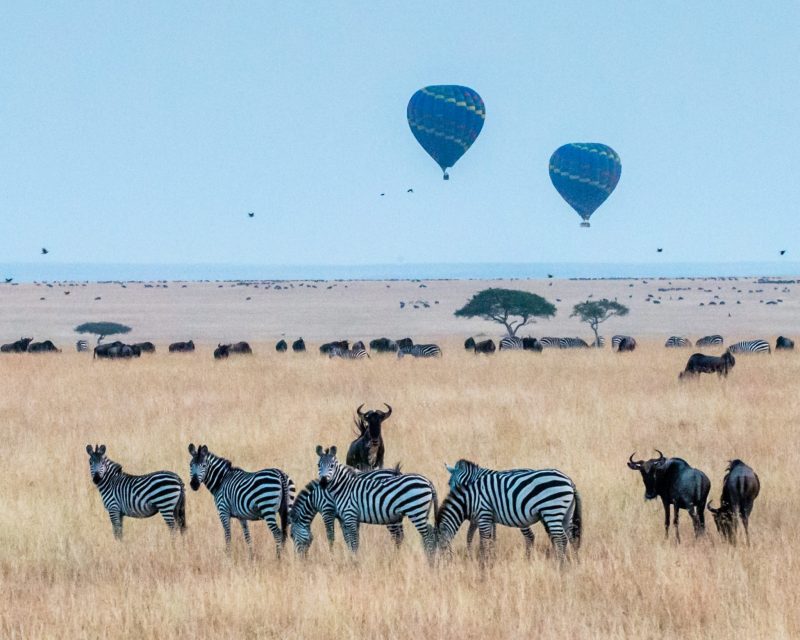Envelope And Gears Of Hotair Balloon
The two most important components of the balloon envelope are its fabric and vents. Other ballooning gears facilitate and support its functioning. At the end of the flight, the ground crew fold, roll and store the balloon in a bag. But the operation of a balloon is not as simple as that. The mechanism by which the envelope operate is rather complex. Also, during the flight, the pilot is always studying the altitude, pressure, and many other aspects using various ballooning instruments.
Balloon envelope fabric
The most important part of the balloon envelope is its fabric. And safety being the uppermost concern and the crucial factor, the fabric is either nylon or polyester. They are the lightest and the strongest material that can take a tremendous amount of tension and heat. The seam construction and the sealant coating constitute the very characteristics of the fabric.
Fabric seam construction
Most manufacturers make the jacket by weaving panels of fabric between load tapes. They cut the boards at particular angles and sew them tightly together to make an air-tight and leak-free container. The load tapes carry the entire strain, and the panels keep the air inside. The seam construction is critical to its durability and ultimate airworthiness. It supports the weight and minimizes pressure, prolonging the useful life of the balloon. Whether done by industrial sewing machine or hand, the seam construction features the double lap seam. Most manufacturers prefer that because of its strength and lightness. It has two rows of eight stitches per inch parallel stitching over fabric seam. They also sew in the cords and load tapes.
Fabric sealant coating
After stitching the envelope, they coat it on the inside with a sealant, most commonly with silicon or polyurethane. It contains the air and reduce porosity. Silicone-coated fabric lasts longer than polyurethane but is harder to work with because it has a very slippery feel. They apply the coat mechanically under pressure. The number of layers depends on the material fragility and air tightness. The coating also has an ultraviolet stopper that helps the fabric to withstand sunrays.
Two envelope vents
The balloon envelope has openings called vents both at the top and bottom of it. The apertures help in steering and maneuvering the flight by controlling the air temperature inside the envelope. The top opening is the crown, and the bottom opening is the skirt. The top is particularly useful while landing and the bottom help in containing the warm air. Some balloons have holes in the sides that provides the passengers a 360°panoramic view.
Crown of envelope
The top of the envelope called the crown has a parachute vent that collects most of the heat. Two important parts of the crown are the panel and the parachute. The pilot pulls down a cord out of a hole via pulleys that open the parachute vent. The hot air escapes through the vent and that is how the balloon descends.
Skirt of envelope
The opening at the very bottom of the envelope has a dressing made of a flame-resistant material. It stops it from burning or melting. The skirt has peelable tapes and acts as a stovepipe when the burner is running. It channels the hot air straight up into the envelope. It also improves fuel efficiency, by deflecting any wind on windy days. The temperature indicators known as telltales are inside and near the top of the balloon. The telltales are white when installed. But if the air inside exceeds a certain temperature, they turn black. This tells the pilots when the balloon may need repair.
Other ballooning gears
Balloon pilots have a tremendous amount of control over the balloon’s rise, altitude, steering, descend and landing. They monitor it with various instruments using anticipation skills developed over time. These are equipment other than the envelope, burner and basket that the pilots use frequently. During a flight the pilot requires some of them, but not all. The various instruments used during the flight are a fascinating study in itself.
Altimeter: To know the altitude, the pilot sometimes uses an altimeter. It can tell how high above the ground or sea level the balloon is when the ascent is taking place.
Variometer: At certain altitudes, it is hard to judge whether the flight is the way up or down. The variometer is a rate-of-climb that helps gauge whether it is moving up or down. It also measures vertical speed in feet per second or minute.
Pyrometer: A sensor near the crown of the envelope sends information as to the air temperature in an area.
Electronic ignition: The electronic ignition keeps the pilot light going and operates off a battery.
Sparkler: Sometimes a pilot light inadvertently goes out. A sparkler comes in handy as a jumpstart.
Fuel gauge: The instrument that shows the amount of propane is the fuel gauge.
Electric blast valve: Almost all balloons have this valve control push-button that the pilots can operate from anywhere.
Good to have
First aid kit: Most crafts carry a first aid kit that includes silver compound medication for burns.
Fire extinguisher: It is often recommended to have a fire extinguisher onboard to combat any propane fueled fire mishaps.
Protective clothing: Few simple precautions such as device-goggles and heavy-duty gloves can go a long way in avoiding minor injuries.
Headgear: Protective hats are safeguards during bouncy landing, and it is highly advisable to have enough of them onboard.
Log book: The pilot maintains a log book to register the date, place, and pertinent details of the flights.
The pilots have an in-depth knowledge of the fabric, vents and the ballooning gear. They are usually very generous in providing as much information as they can about the working of a balloon flight. And the pilots takes delight in sharing that information with the passengers. Hence, it is worthwhile having a conversation with the pilot during the champagne breakfast that follows every balloon flight. And don’t forget to keep an eye for the wildlife roaming around the savannahs before, during and after the trip.
5 Frequently Asked Questions About Hot-Air Balloon Envelope
To book a balloon safari, please fill out the following form or simply email us on safaris@safari-center.com

